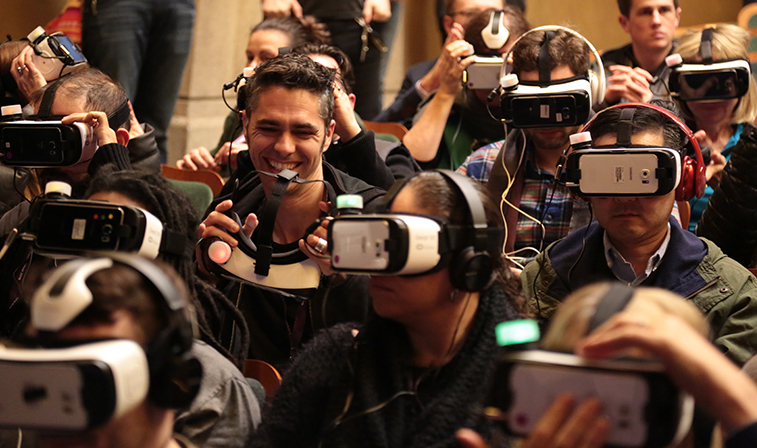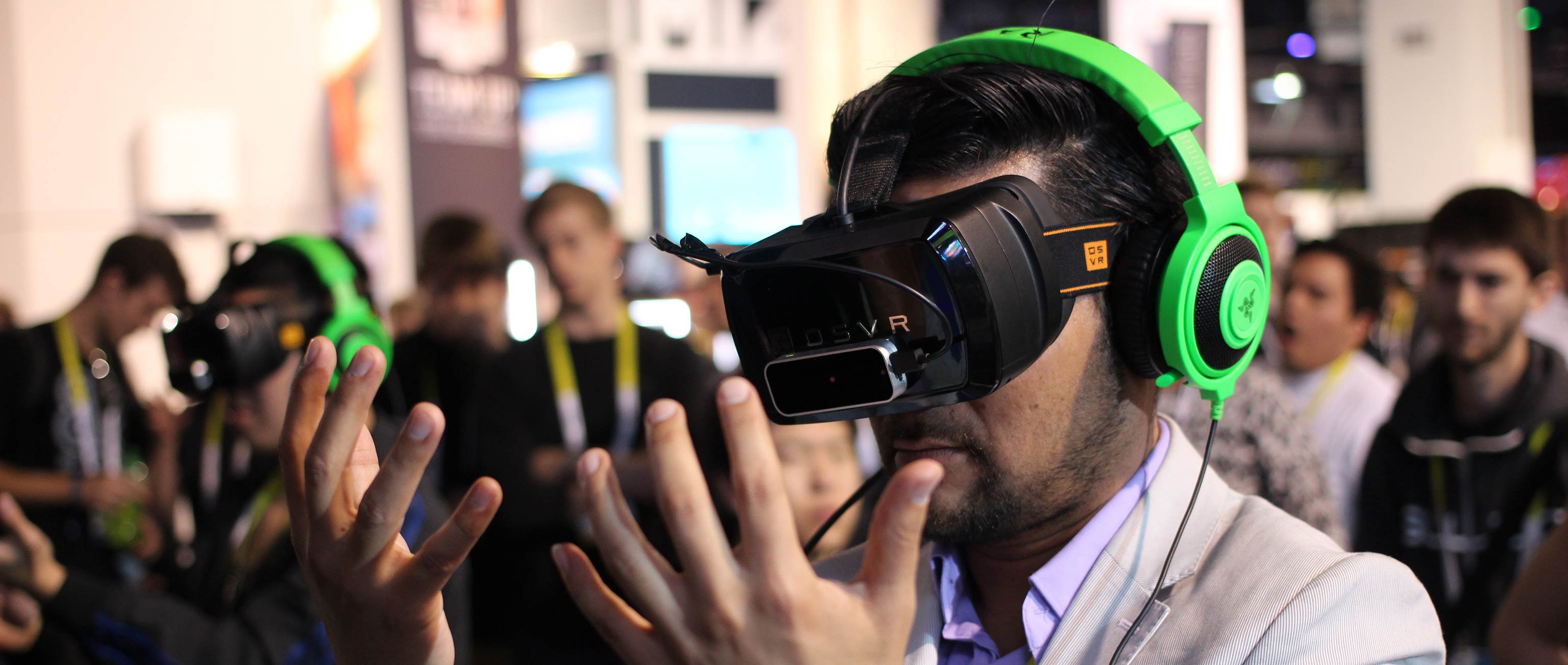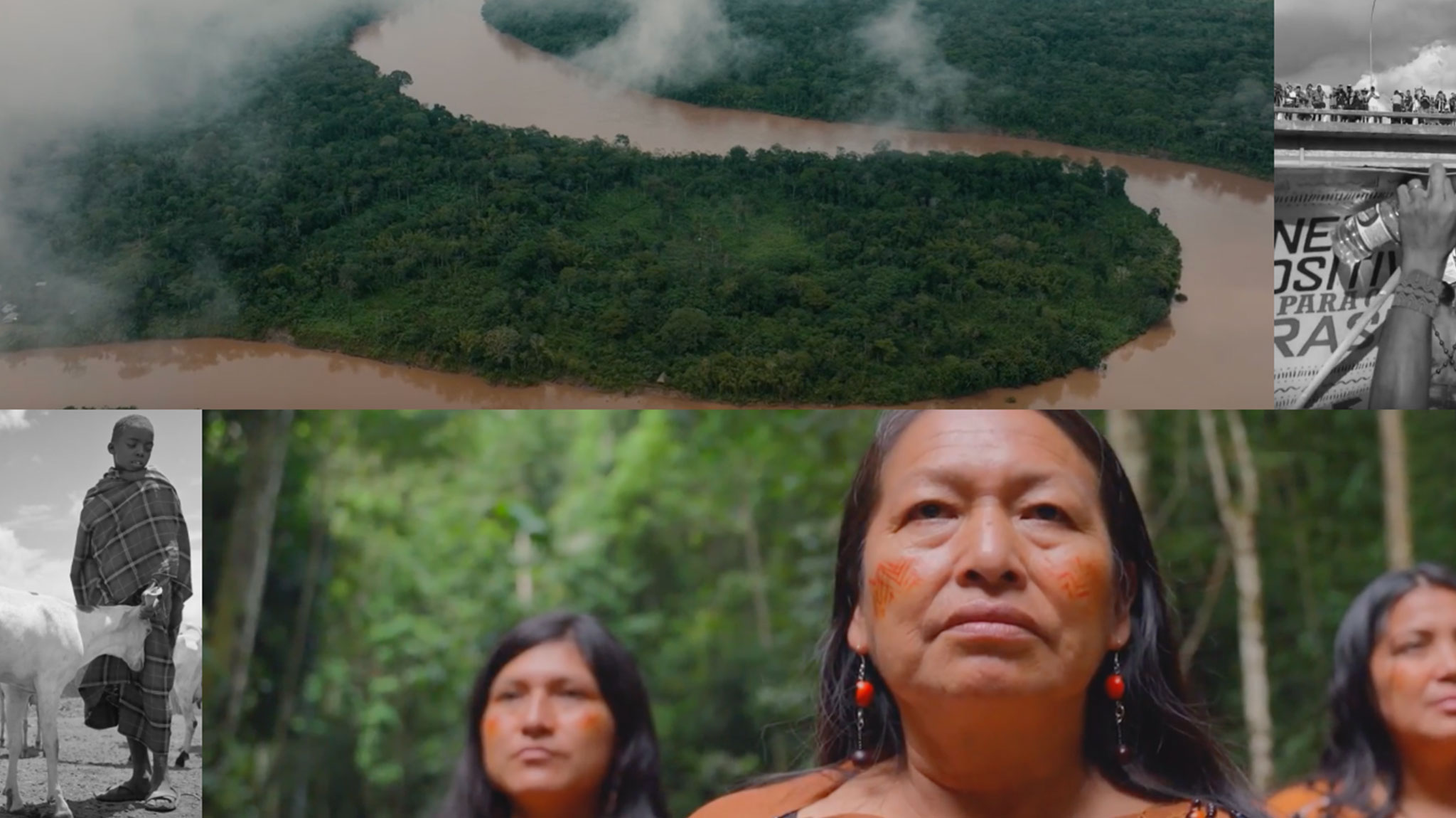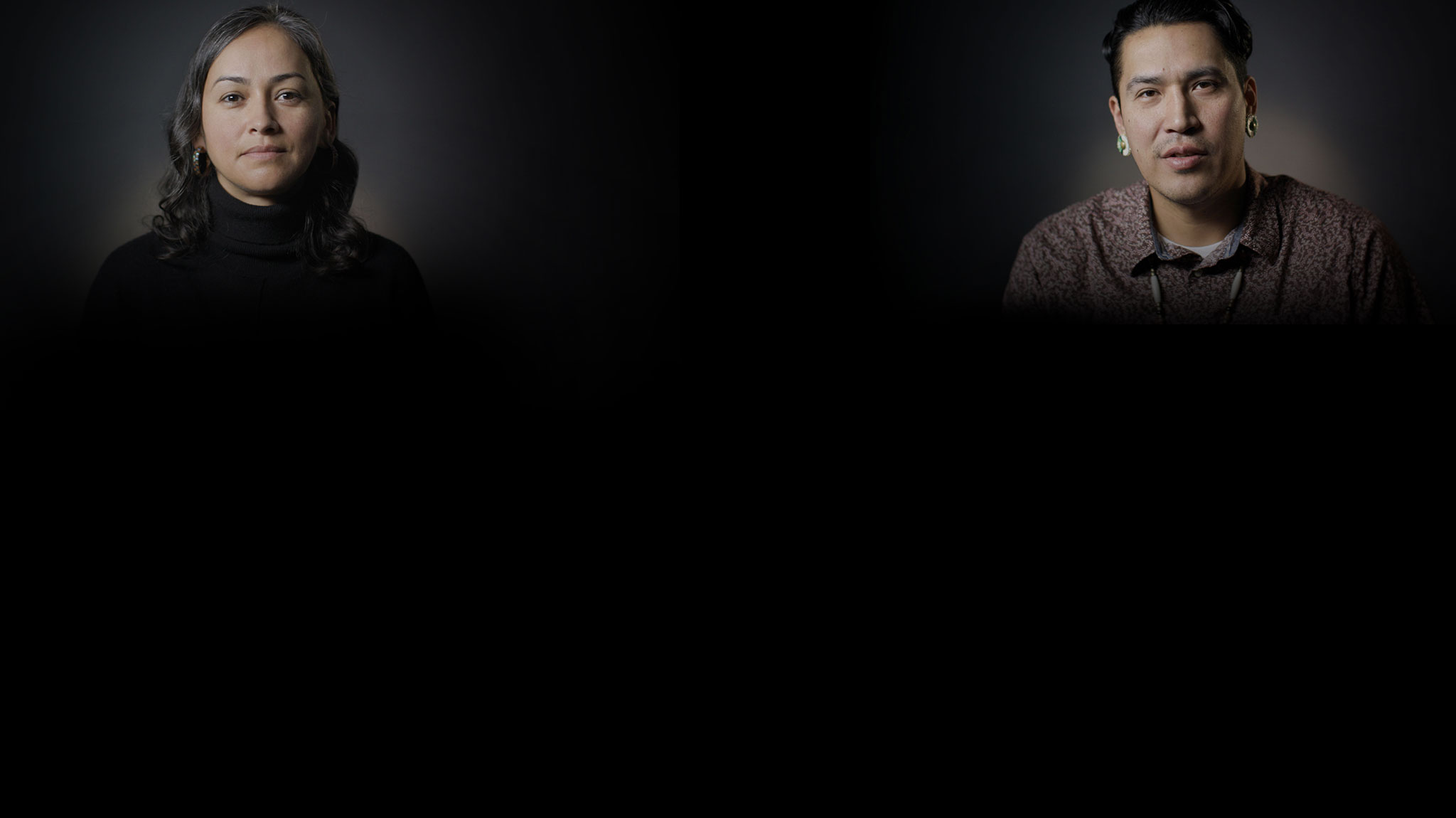With sales of virtual reality (VR) gear set to take off this year, we are on the cusp of a new media revolution.
The New York Times shipped more than a million Google Cardboard viewers to subscribers and now has its own VR app. YouTube already accepts 360-degree videos. Quality content, however, is still in its infancy.
Of all the applications that can be pushed through VR, news and live events are what most people will probably experience first. The field is still young, so with the right planning, those seeking a foothold in the industry can still find one.

Photo: Sundance 2016 screening of “Collisions,” a Skoll-supported New Frontiers VR film
How complicated is it to get into VR production?
During conversations about VR at the 2016 Sundance Film Festival, a common theme was that “capturing is the easy part.” The way you tell the story and the execution of post-production “stitching” are where you see the differences. While the differences are very noticeable when you’re so close to the content, you can forgive a lot in the visuals if the story is compelling. At its core, a good VR production needs to focus on characters, actions, emotions, locations, and plot—not the technology.
The majority of organizations getting into VR production tend to partner with established firms such as Jaunt or VRSE, or team up with media outlets like The New York Times or RYOT. You can go it alone, but expect a steep learning curve before you become proficient at filming simultaneously with six or more GoPros. Also anticipate a significant time investment in stitching together your clips with off-the-shelf tools like VideoStitch Studio.
One other key point to consider is the difference between the two different kinds of 360-degree video used in VR—monoscopic and stereoscopic. Monoscopic video is typically captured by multiple lenses facing in different directions, and then stitched together to create one complete 360-degree image. Since there’s only one image, you don’t experience depth of field.
In creating stereoscopic video, however, you capture slightly offset versions of the same image for each eye, and then play them back side by side. This produces a 3D effect for the viewer, and a more immersive, realistic VR experience.
That said, monoscopic video is cheaper to capture (here is a good resource to determine the capabilities of different cameras). For those wishing to experiment, this might be a good low-risk starting point; cameras are cheap, YouTube and Facebook both accept 360-degree monoscopic videos, and users can explore what you’ve captured in their browsers without a VR headset.
But beware: there is a significant difference between the monoscopic and stereoscopic VR experiences—some only consider the latter to be “true VR”. As VR technology takes off, the use of monoscopic video will decline, as will “VR for VR’s sake”.
Indeed, as Oculus VR founder Palmer Luckey recently said:
“Remember when the iPhone app store came out, and there were only a few reasonably good games in the store. It’s like ‘Well, tell me about your game.’ ‘Well, it’s a game, and it’s on your iPhone!’ And it’s like ‘Oh my God, it’s amazing!’ If you look at those games, they’re pretty bad compared to the mobile games you can get today.
“These days you can’t just show up with a mobile game and be like, ‘It’s a game on your mobile phone.’ It’s like ‘But tell me, what else can it do? Why do I actually want to play this?’ The same thing’s going to happen in virtual reality. Things are going to have to stand out on their own merit, not on the merit of the platform they happen to be made for.” – Palmer Luckey, creator of Oculus Rift
What does it cost?
As with a lot of new technology, the cost to create a VR production can vary wildly. Recently charity: water disclosed that their first VR film cost roughly $100,000 USD and was made in-house. For Frontline, VR added approximately 25 percent to the production cost of a regular TV documentary.
Others estimate the range from $100,000 to $500,000 USD if working with one of the leading firms and outsourcing shooting, sound, and post-production.
Resources
Sources of VR Content:
VR Headsets for use with Android or iPhone:
- Google Cardboard ($20-30 USD)
- Samsung VR Gear ($99 USD)
Tethered headsets (typically more complex to run and may require a computer):
- HTC Vive
- Oculus Rift
- Morpheus (Playstation)
Cameras and production companies:
- OZO (Nokia’s point and shoot VR camera. Price: $60,000 USD)
- Jump (Google / GoPro collaboration)
- Lyrto Immerge
- Jaunt Studios
- ConditionOne
- VRSE
Virtual-Reality.silk.co is a fantastic resource if you want to learn about options for VR cameras and headsets.
Additional Tips on creating VR
Forget what you know about films, gaming or documentary—everyone agrees that VR is a new medium with a whole new set of rules that haven’t yet been developed. VR filmmaking is still in the trial-and-error stage.
Some of the differences lie in framing the story and guiding the user. Naturally you’ll get ‘rebellious’ viewers who will explore whatever part of the environment they’re interested in, regardless of your story. But you can steer their engagement by using tricks like spatial sound, or positioning a scene opposite to the one that preceded it.
“If you’re a news reporter and you say ‘behind me is a burning building’ versus ‘behind you is a burning building’—that’s a very different experience and way of storytelling for the user.” – Dan Silver, Executive Producer, ABC News Digital
How you start the piece is also key. Saschka Unseld, Creative Director of Oculus Story Studio, suggests that you start with a “soft in” rather than full VR right away; then introduce the full VR space and give the viewer time to look around before you start your story. When filming, keep in mind that due to the 360-degree nature of VR, you won’t be able use lighting, cuts, panning, or zooming.
For more resources, here’s a good guide to what the post-production stitching process looks like using VideoStitch. This recent report from the Tow Center for Digital Journalism does a fantastic job of documenting Frontline’s experience in the conception, creation and challenges of their VR film on Ebloa, and I’d recommend RealVision as a blog covering VR filmmaking.
Article written by Phil Collis
Creative Director, Skoll Foundation
Banner photo: Maurizio Pesce



